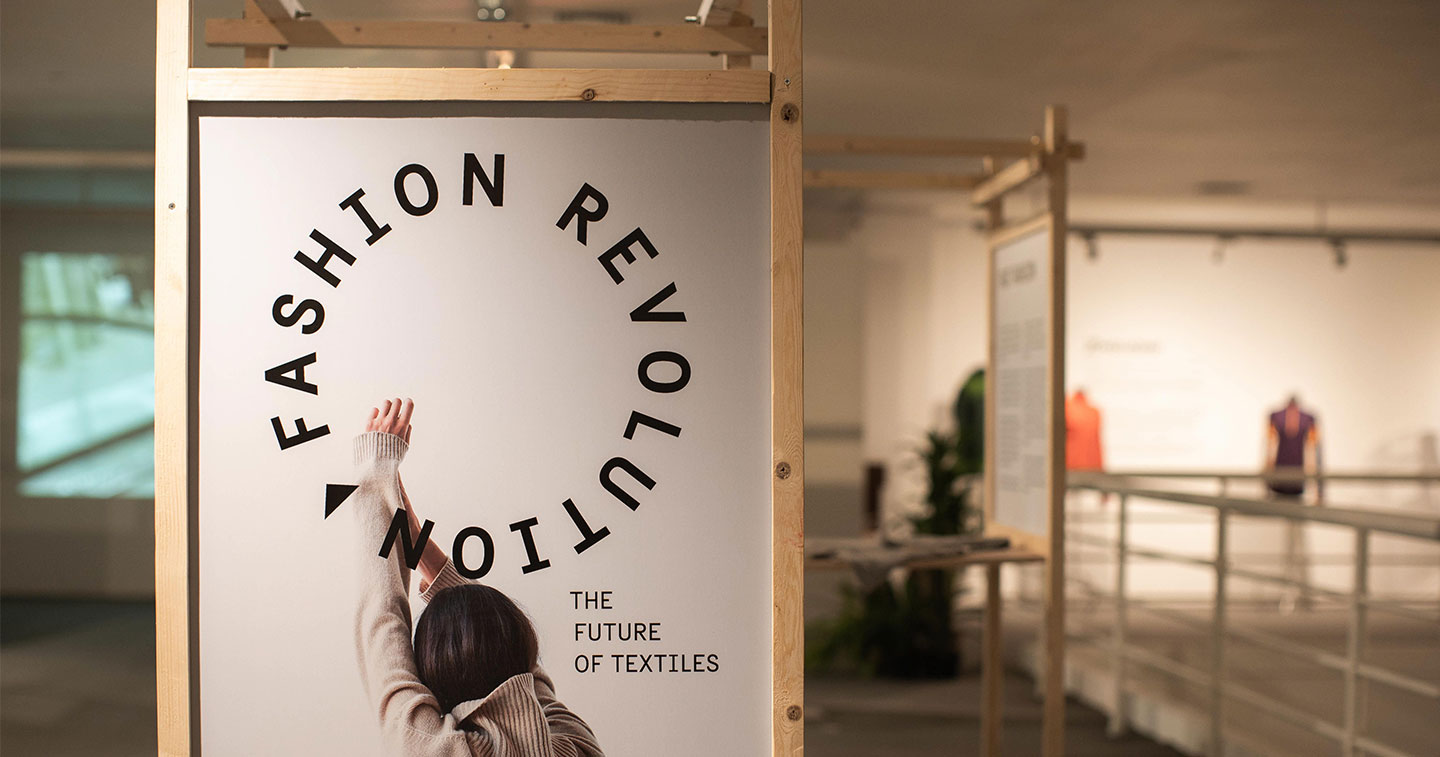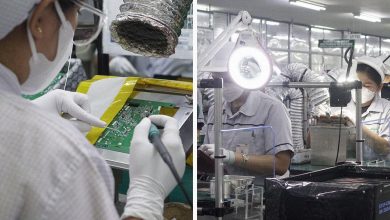The Embassy of Sweden in Manila, spearheaded by Ambassador Harald Fries, launched the exhibition Fashion Revolution: The Future of Textiles at the Metropolitan Museum of Manila to highlight Sweden’s active role in promoting sustainability in fashion – one of the most polluting industries of the world.
Curated and produced by the Swedish Institute with the help of researchers and sustainable fashion experts, the exhibition highlights the fashion industry’s major environmental challenges, showcases Swedish solutions, and guides consumers to contribute effectively to a more sustainable world.
The exhibition, which is running from 30 January to 30 April, is supported by major Swedish brands H&M Philippines, BabyBjorn and Houdini Sportswear. H&M Philippines feature key pieces made out of sustainable textile from their H&M Conscious Collection, while Houdini and BabyBjorn exhibit clothing and baby-carriers that are all made out of recycled/upcycled products.
The exhibit was inaugurated by Ambassador of Sweden Harald Fries, Tina Colayco of the Metropolitan Museum of Manila, Danreb Mejia of H&M Philippines, and Dan Wigforss of Houdini and BabyBjorn.

From left: Dan Wigforss (Houdini and BabyBjorn), Tina Colayco (Metropolitan Museum of Manila), Ambassador of Sweden Harald Fries, and Danreb Mejia (H&M Philippines)
Globally, the world’s population consume about 62 million tonnes of clothing per year – that is a small suitcase full of clothes per person – and only 20 percent is re-used or recycled. Since year 2000, global clothes production has more than doubled, and the average person now buys 60 percent more items of clothing every year and keeps them for about half as long as they did 15 years ago. It takes 10,000 to 30,000 litres of water and 2-4 kilos of chemicals to produce 1 kilo of treated cotton. 15 to 30 percent of the plastic pollutants in the oceans consist of microplastics and 35 percent of that comes from laundering synthetic textiles.
At the launch of the Fashion Revolution exhibition, Ambassador Fries expressed hope for consumers to become more conscious and mindful of their consumption of fashion. The better informed people are, the greater the pressure that can be exerted on companies to act sustainably.










